In an approach of “transparency”,
It is important to support you by trying to provide as much information as possible regarding the origin of our containers, the manufacturing elements but especially the components of our perfumes ~ Our plurality also manifests itself through allergies that vary depending on sensitivities ~ This is why we invite you to first discover the list of all the allergens present in our perfumes.
ALLERGEN'S LIST
-
CITRIC ACID (stabilizer),
ALCOHOL DENAT. (alcohol),
ALPHA-ISOMETHYLIONONE (purple odor),
AMYL CINNAMAL (jasmine scent),
AQUA (water),
BENZYL ALCOHOL (preservative),
BENZYL BENZOATE (preservative),
BENZYL CINNAMAL (allergen),
BENZYL SALICYLATE (balsamic smell),
BUTYL METHOXYDIBENSALICYLAT (stabilizer),
BUTYL METHOXYDIBENZOYLMETHANE (UVA filter), -
CI 17200 (d&c brown n°1 replacement),
CI 42090 (blue dye),
CI 60730 (purple dye),
CI 17200 (red dye),
CI 19140 (yellow dye),
CINNAMAL (cinnamon smell),
CITRAL (lemon smells),
CITRONELLOL (lemon/rose scent),
COUMARIN (hazelnut smell),
ETHYLHEXYL METHOXYCINNAMATE (UVA filter),
ETHYLHEXYL SALICYLATE (stabilizer), -
EUGENOL (spicy/woody smell),
EVERNIA PRUNASTRI EXTRACT (oak moss extract),
FARNESOL (lily of the valley smell)),
GERANIOL (rose and palmarosa essence),
HYDROXYCITRONELLAL (lime scent),
ISOEUGENOL (vanilla scent),
LIMONENE (lemon scent),
LINALOOL (lily of the valley smell),
SCENT (fragrance).
-
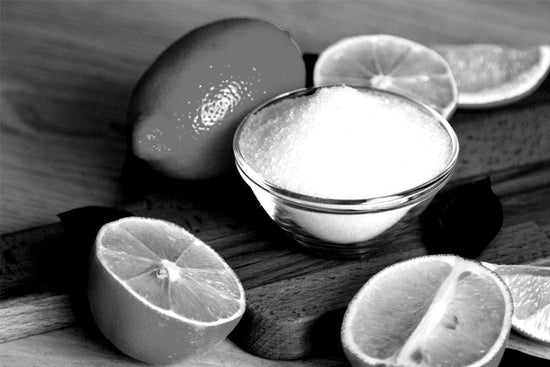
CITRIC ACID
Citric acid is one of the main active ingredients in lemon. It is often used to balance the pH (too basic) of cosmetic products.
He is also present in certain bath products (bath bombs, bath pebbles or "magic powders") due to its effervescent properties.
-

ALCOHOL DENAT
This is the INCI name used to describe denatured alcohol. It is quite simply ethanol that has been made unfit for consumption. We can also find the name “alcohol” if the alcohol is not denatured or when the denaturation has been carried out with essential oils.
Alcohol is not a dangerous ingredient, but it remains drying and irritating. In fact, alcohol eliminates the skin's hydrolipid barrier which protects us against external aggressions (drying effect). Our skin becomes more sensitized and can be irritated. It is therefore not recommended for skin or hair suffering from a lack of hydration, as this could worsen the problem. Be aware in any case that manufacturers often counterbalance the unwanted properties of alcohol with judiciously chosen materials or galenics.
-

ALPHA-ISOMETHYL IONONE
Alpha-isomethylionone (or methyl ionone) is a safe synthetic compound frequently used in cosmetics to perfume products by reproducing the sweet, powdery scent of violets. A colorless perfumery ingredient, whose powdery, woody and floral odor is reminiscent of violet or iris.
Discovered by Tiemann in 1893, ionones changed the face of perfumery, representing an alternative to very rare, very expensive or volatile flower essential oils.
Ionones are now used under different forms (notably alpha-isomethyl ionone) in almost all perfumes.This colorless synthetic molecule used in perfumery is one of the 26 allergens regulated by Europe.
-
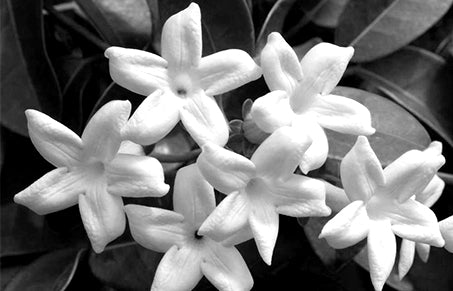
AMYL CINNAMAL
Amyl Cinnamal is a safe synthetic compound frequently used in cosmetics. Its floral scent close to jasmine.
This aromatic molecule of synthetic origin is one of the 26 allergens regulated by Europe.
-
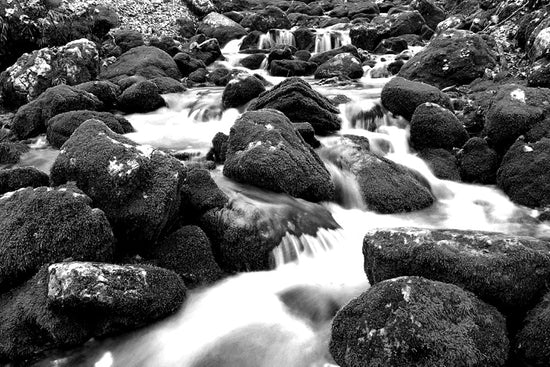
AQUA (WATER)
Water is the most used ingredient in cosmetics: 83% of products contain it (percentage established from 50,000 products in the Inci Beauty App).
Since water is of mineral origin, it can never be certified organic.
This is the reason why organic labels, to certify products, authorize fairly low minimums of organic ingredients (10% for Ecocert) on the total of a formula, taking into account that the presence of non-organic water is essential and often the majority in many cases.
The presence of water in perfumes is intended to dissolve other substances.
-

BENZYL ALCOHOL
Benzyl alcohol can be of natural origin. It is one of the 26 allergens regulated by Europe. Most of the time it is used as a preservative. It is found naturally present in many plants and fruits such as Jasmine, garlic and Ylang-Ylang, or even apricot, almond, cinnamon, apple, blackcurrant... and in oils essential. It can also be synthetic.
Alcohol, Benzyl is authorized in Organic.
-

BENZYL BENZOATE
Benzyl benzoate is an odorous molecule which is one of the 26 allergens regulated by Europe.
It is found in its natural state in Peruvian balsam and Tolu balsam but also in Jasmine and Ylang-ylang essential oils.
Please note that Benzyl Benzoate is part of the standard treatment in France to treat Scabies (an infectious skin disease).
-

BENZYL CINNAMAL
Is discreet fragrance; modestly, used to perfume cosmetics. It is found in nature, but it is mainly obtained by synthesis by esterification of cinnamic acid and benzyl alcohol.
This olfactory molecule is found in the olive trunk and in the roots of certain plants.
-

BENZYL SALICYLATE
Benzyl Salicylate is one of the 26 allergens regulated by Europe. It is produced naturally by many plants and is used as odorous molecule in perfumed products: it is known for its light and balsamic, even musky, scents.
It is also a UV absorber which helps stabilize products.
Alcohol, Benzyl is authorized in Organic.
-

BUTYL METHOXYDIBENSALICYLAT
This ingredient has several functions, most often it is a UV ABSORBENT, its role is to protect the cosmetic product from the effects of ultraviolet rays. It is also a PERFUME AGENT, its role is to give the perfume a pleasant smell.
-

BUTYL METHOXYDIBENZOYLMETHANE
Butyl methoxy diben zoylmethane (Butyl methoxy diben zoylmethane) is a safe synthetic sunscreen that protects the skin, scalp and hair from the harmful effects of the sun, by absorbing UVA and UVB rays.
In our hair products, it improves the stability of chemical colorings, thus making it possible to preserve natural or synthetic colorings against solar radiation.
-

cinnamal
It is a yellow liquid producing a sweet and warming scent, similar to that of cinnamon. Indeed, it is naturally present, among other things, in cinnamon essential oil.
Cinnamal gives a formula a sweet and spicy scent. -
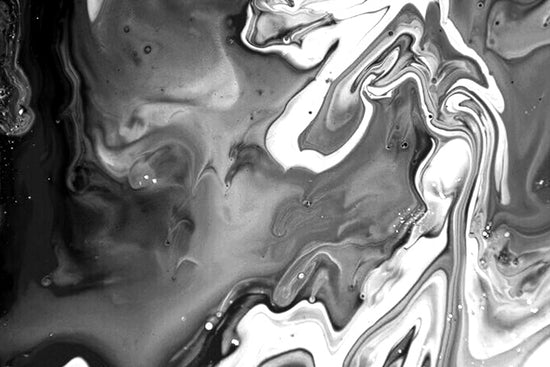
COLORANTS
CI 14700 (RED 4)
is a red synthetic dye.CI 17200 (RED 33)
Red coloring agent for hair.CI 19140 (YELLOW 5)
is a yellow dye of synthetic origin.CI 42090 (BLUE 1)
is a synthetic blue dye that is found under other names such as Blue 1 or Blue 1 Lake (United States). -
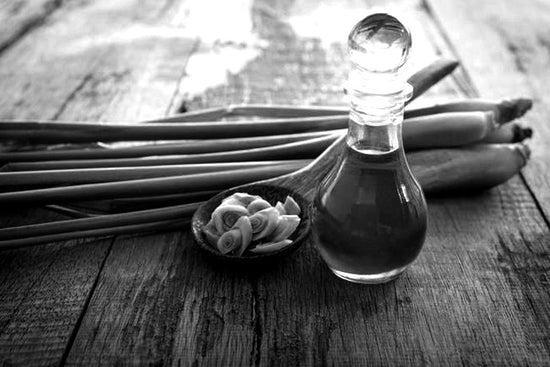
CITRAL
Citral is a perfuming agent that is one of the 26 allergens regulated by Europe.
It is present in significant quantities in lemongrass oil, but also in essential oils of verbena, orange, lemon, etc. It is used as an aromatic component in cosmetics for its lemon scents.
-

CITRONELLOL
Citronellol is an odorous molecule which is one of the 26 allergens regulated by Europe. It is present in essential oils of geranium, lemongrass and even rose.
-
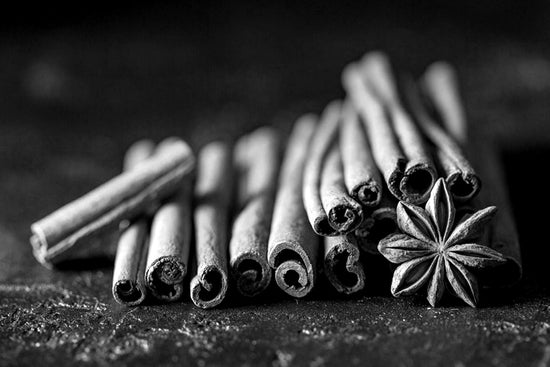
COUMARIN
Aromatic substance which is one of 26 allergens regulated by Europe.
Its name comes from "cumaru" which is the name from the Tonka tree (in an Amazonian language).
In fact, its beans contain 1 to 3% coumarin. It was W.H. Perkin in 1868 who first succeeded in synthesizing the compound (Perkin reaction).
It is also found in honey, green tea or cinnamon. Its scents are reminiscent of freshly cut hay, but with many notes and nuances (hazelnut, almond, vanilla, etc.).
-

cruelty-free
“Cruelty-Free” certification is a label for products or services that do not contain any ingredients tested on animals.
Our entire collection respects this certification.
-

Ecocert
A historic player in certification in organic agriculture, Écocert is recognized for its independence, competence and impartiality. The brand, Écocert, is the benchmark brand for organic and ecological labeling, recognized by consumers.
-

ETHYLHEXYL METHOXYCINNAMATE
It is a sunscreen. LThe use of cosmetic products containing ethylhexyl methoxycinnamate is considered by experts to be safe for health.
-

ETHYLHEXYL SALICYLATE
Is an orgnaic ester resulting from the condensation of salicylic acid and 2-ethylhexanol.
More simply, it is a colorless oily liquid with a slight floral odor.
It is used as a component in sunscreens and various cosmetics to absorb UVB (ultraviolet) rays from the sun.
The salicylate part of the molecule absorbs ultraviolet light, protecting the skin from the harmful effects of sun exposure.
The ethylhexanol part is a fatty alcohol, with emollient and hydrophobic (water-resistant) properties.
-
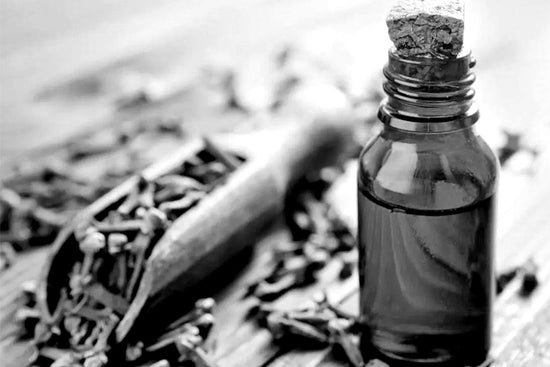
EUGENOL
is an aromatic compound very commonly used in the synthesis of vanillin, the main constituent of natural vanilla.
This vanillin can then be used in the food, cosmetics, perfumery or cleaning products sectors.L'Eugenol also has
antiseptic and analgesic properties and is therefore used in the dental field.Main constituent of clove essence
clove, at 85%, it has a very similar smell, spicy, smoky, woody, reminiscent of the smell of "at the dentist".
It is often used in a synthetic state to reconstitute oriental, spicy notes, and in particular the carnation floral accord. -
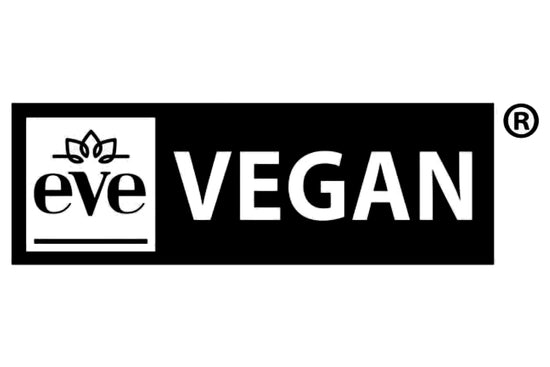
EVE VEGAN®
“Expertise Végane Europe, under the acronym EVE Vegan (registered trademark), is a French organization for the control and labeling of vegan products.
-

EVERNIA PRUNASTRI EXTRACT
Evernia Prunastri Extract is an extract from the aerial parts of oak moss (a lichen), Evernia prunastri, Usneaceae.
Approved as a natural ingredient of essential oils for certified natural cosmetics.
-

FARNESOL
Farnesol is an odorous molecule that is part of the list of 26 allergens regulated by Europe.
It is present in many essential oils such as those of linden flowers or acacia. Its name comes from a variety of this tree: Acacia farnesiana.
-

GERANIOL
Geraniol, also called rhodinol, is a monoterpene alcohol which is one of the 26 allergens regulated by Europe.
It is found present in essential oils of Geranium and lemongrass but also in rose and Palmarosa oil.
It is used in perfumery for its rose-like scent.
-

HEXYL CINNAMAL
It is used as a perfuming agent for its scents close to jasmine.
This aromatic ingredient of synthetic origin is part of the list of 26 allergens regulated by Europe.
-

HYDROXYCITRONELLAL
Hydroxycitronellal is a colorless liquid, viscous and oily with a strong, sweet odor reminiscent of linden flowers; used as a perfuming substance.
It is naturally present in essential oils of lime, lemon, sweet orange, petitgrain, sandalwood, mandarin and ylang-ylang.
-
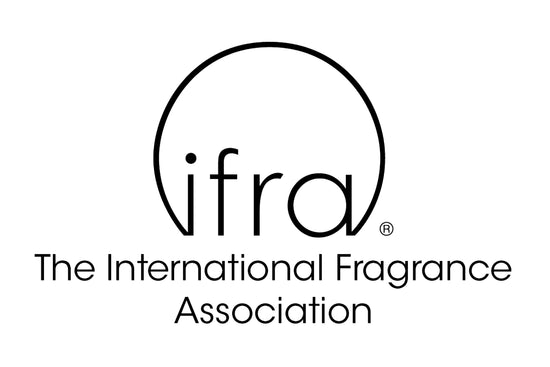
IFRA
The International Perfume Association, founded in 1973; it is the global representative body of the perfume industry.
Its goal is to represent the collective interests of the industry and promote the safe use of fragrances through regulation.
-

ISOEUGENOL
Isoeugenol is an aromatic compound which is one of the 26 allergens regulated by Europe.
It is present naturally in the essential oil of Ylang-ylang, clove and even cinnamon.
Its aroma is both sweet and spicy.
-

LIMONENE
Limonene, from the monoterpene carbide family; it is a molecule at the origin of both the smell of lemon and orange.
Furthermore, d-limonene is a natural constituent of certain plants, trees, vegetables and fruits (particularly present in citrus fruits).
L-limonene, for its part, is mainly found in pine, turpentine and even mint oils.
Limonene can also be found in many daily products, as a flavoring agent in foods or drinks, in pharmaceuticals (to perfume medicines), but also in cleaning products for its refreshing smell and its dissolving action.
Limonene is renowned for its fresh and tangy smell and is therefore frequently used in our cosmetics and perfumes!
Beyond its fruity smell, Limonene is also renowned for its antiseptic, antiviral and sedative properties.
-

LINALOOL
Linalool is an aromatic compound classified among the 26 allergens regulated by Europe.
It is present naturally in essential oils of thyme, lavender, lavandin, Scots pine or peppermint...
It is also found in many extracts (lemon, orange, verbena, etc.).
-

PERFUME (FRAGRANCE)
A perfume is a odor or more often a more or less persistent odorous composition naturally emitted by a plant, an animal, a mushroom, or a environment.
In nature, scents are often chemical and biochemical messages, particularly pheromones or phytohormones.
It can also be the emanation of a natural substance (a flower extract for example) or created or recreated from different aromas, solvents and fixatives intended for cosmetic use or to perfume objects, animals or indoor air. It is then generally made from plant essences and/or synthetic molecules.
The use of perfumes by humans is very old, dating back to ancient times. The notion of perfume today most often refers to an olfactory composition constructed and with a high olfactory concentration.
By misnomer, “perfume” is also used today to designate an eau de toilette, an eau de parfum, a perfume extract or an eau de Cologne.
































